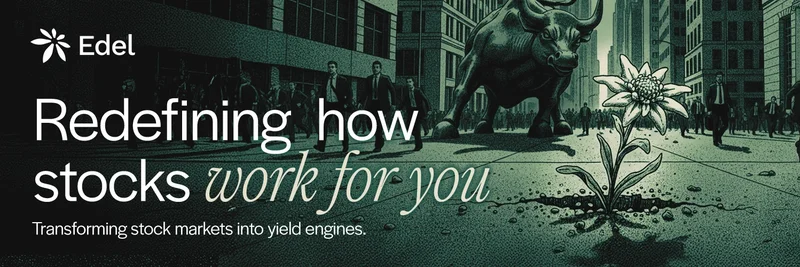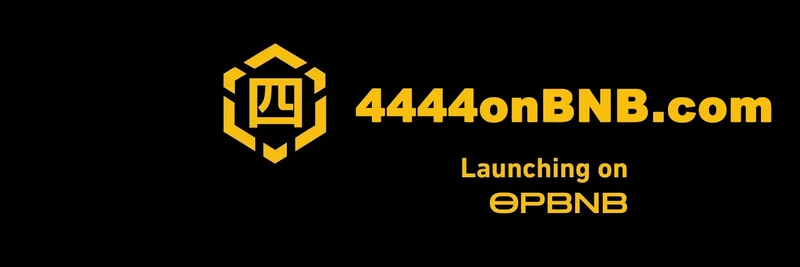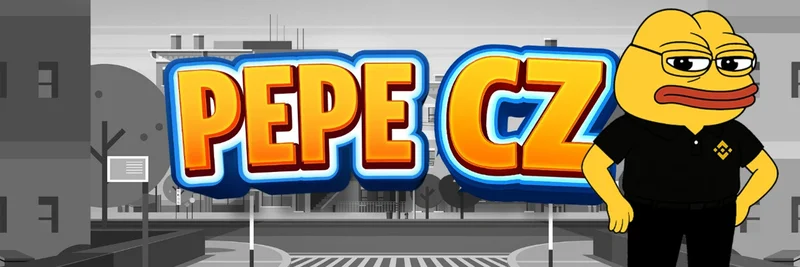Hey there, crypto enthusiasts! If you’ve been keeping an eye on the latest buzz in the blockchain world, you’ve probably stumbled across a wild proposal from the Federal Reserve (Fed). Posted by MartyParty on June 27, 2025, this thread dives deep into a plan that could shake up the financial landscape—and potentially give stablecoins a massive boost. Let’s break it down in a way that’s easy to digest, even if you’re new to the game.
What’s the Big Deal?
The Fed is considering a bold move: stopping the payment of interest on reserves that banks hold at the central bank. These reserves are essentially the cash banks park with the Fed, and since 2008, the Fed has paid interest on them to keep things stable—think of it like a risk-free savings account for banks. The proposal could save the government a whopping $1.1 trillion over the next decade. But how does this affect you, especially if you’re into meme tokens or stablecoins?
Take a look at this chart showing the reserves of depository institutions over time:
You’ll notice that reserves were pretty much flat until the 2008 financial crisis. That’s when the Fed started paying interest and buying up Treasuries to stabilize the market. Fast forward to today, and those reserves have ballooned to trillions—until recently, when they started to dip.
How Does This Work?
Here’s the simple version: The Fed sets a target for the federal funds rate, which is the interest rate banks charge each other for overnight loans. To keep this rate in check, the Fed pays banks an interest rate on reserves (IORB). The new proposal would drop this rate close to zero, pushing banks to move that $3.3 trillion out of the Fed and into short-term Treasuries instead. This means the government’s interest payments will drop temporarily, giving them some breathing room.
But here’s the kicker: MartyParty suggests this cash could flow into stablecoins, those crypto assets pegged to stable values like the U.S. dollar. Imagine the impact on projects like USDT or USDC if banks start pouring money into these digital assets!
What About the Second Chart?
There’s another chart in the thread that shows the Fed’s total assets over time:
This one highlights how the Fed’s balance sheet grew sharply around 2020, likely due to pandemic-era stimulus. The recent dip suggests a recalibration, which ties into the reserves discussion. It’s all part of the Fed’s effort to manage the economy without printing more money—well, not directly, at least.
Why Should Meme Token Fans Care?
You might be wondering, “What does this have to do with meme tokens?” Well, the ripple effects could be huge. Stablecoins often serve as the backbone for trading meme coins like Dogecoin or Shiba Inu on decentralized exchanges. If more money flows into stablecoins, liquidity could increase, making it easier—and potentially cheaper—to trade your favorite meme tokens. Plus, any shift in traditional finance tends to spark innovation in the crypto space, which could lead to new meme coin opportunities.
The Catch: It’s Temporary
Don’t get too excited just yet. This is a short-term fix to ease the government’s interest payment burden. It won’t stop spending or solve long-term financial pain. Some, like Eddy MetaX, call it a “sleight of hand” to relieve pressure without real change. Banks might not love losing that interest income either, as Johnbull points out.
Final Thoughts
This Fed proposal is a fascinating pivot that could reshape how banks and crypto interact. Whether it’s a boon for stablecoins or just a temporary shuffle, it’s worth watching. If you’re a blockchain practitioner or just love staying ahead of the curve, keep an eye on how this plays out. Got thoughts? Drop them in the comments below or join our Meme Insider community to chat more!
Stay tuned for more updates, and happy trading!




